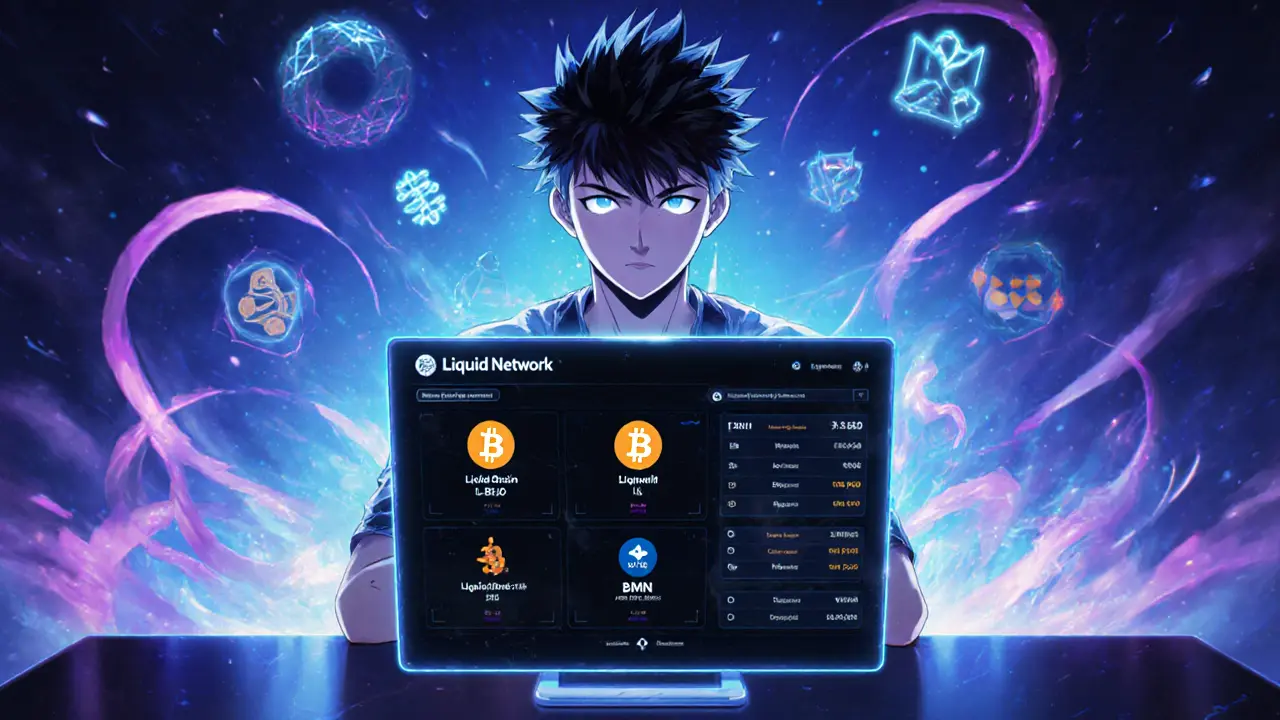

When working with Tokenized Securities, digitally represented ownership of real‑world assets such as stocks, bonds, or real estate, recorded on a blockchain. Also known as security tokens, they blend legal safeguards of traditional securities with the speed and programmability of crypto. tokenized securities let investors buy fractions of high‑value assets, settle trades in seconds, and enjoy near‑instant global access.
These digital instruments encompass Security Tokens, tokens that grant holders rights akin to shares, bonds, or dividend‑paying assets. To issue them, a platform must lean on Blockchain, a decentralized ledger that provides immutable record‑keeping and transparent transaction history. The blockchain not only ensures trustless settlement but also enables smart‑contract automation for things like dividend distribution or voting rights. Because the technology is the backbone, Securities Regulation, the set of rules governing issuance, trading, and disclosure of traditional securities heavily influences how tokenized securities are structured, marketed, and traded.
Investors crave liquidity, and tokenized securities deliver it by slicing big‑ticket assets into tradable units. This fractional ownership lowers entry barriers, meaning a college student can own a piece of a commercial building while a retirement fund can diversify across global equities without navigating dozens of custodians. At the same time, issuers benefit from faster capital raising cycles; a token offering can close in days instead of months, thanks to on‑chain compliance checks that automate KYC/AML verification.
Regulators worldwide are adapting. In the U.S., the SEC treats many tokenized securities as traditional securities, applying the same registration and reporting rules. In the EU, the MiCA framework outlines a clear path for crypto‑assets that qualify as securities, giving issuers a predictable legal environment. These evolving rules create a feedback loop: clearer regulation encourages more projects, which in turn pushes technology providers to build robust compliance layers on top of blockchain infrastructure.
Beyond finance, tokenized securities are reshaping other sectors. Real‑estate developers can issue property tokens to fund construction, artists can tokenize royalty streams, and supply‑chain firms can lock ownership of inventory in a token that automatically transfers when goods move. Each use case underscores a core idea: when you combine the legal certainty of securities with the programmability of blockchain, you unlock new business models.
Below you’ll find a curated set of articles that dive deeper into each piece of this puzzle— from the basics of how security tokens work, to the latest regulatory updates around the globe, to practical guides on choosing the right exchange for tokenized asset trading. Keep reading to turn this high‑level view into actionable knowledge.

A detailed SideSwap crypto exchange review covering its non‑custodial design, privacy features, asset support, and how it compares to Uniswap, PancakeSwap, and SimpleSwap.